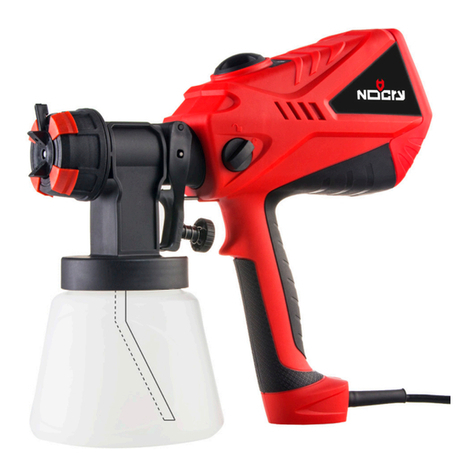NOCRY NPS-100 User manual




















Other manuals for NPS-100
2
Table of contents
Other NOCRY Paint Sprayer manuals
Popular Paint Sprayer manuals by other brands

BODYSHOP
BODYSHOP Paintlight Use and maintenance manual
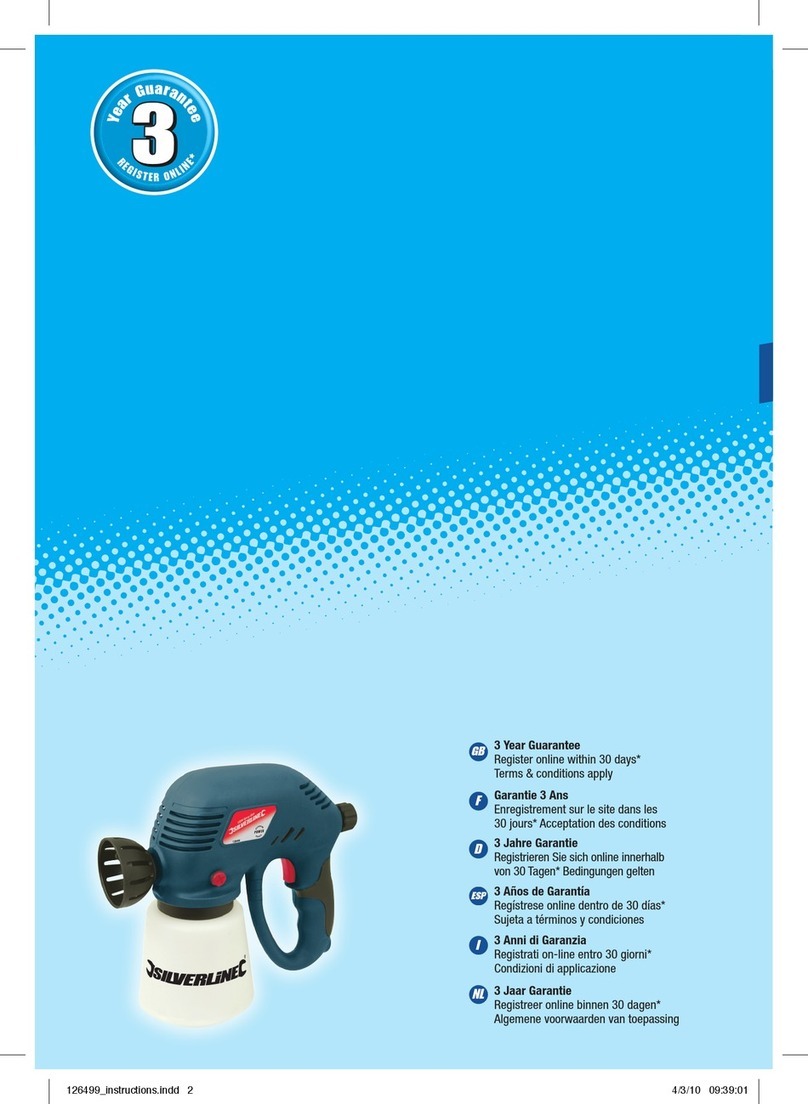
Silverline
Silverline 126499 manual

Storch
Storch EasySpray ES 300 Assembly instructions

Sagola
Sagola 4600 Xtreme instruction manual
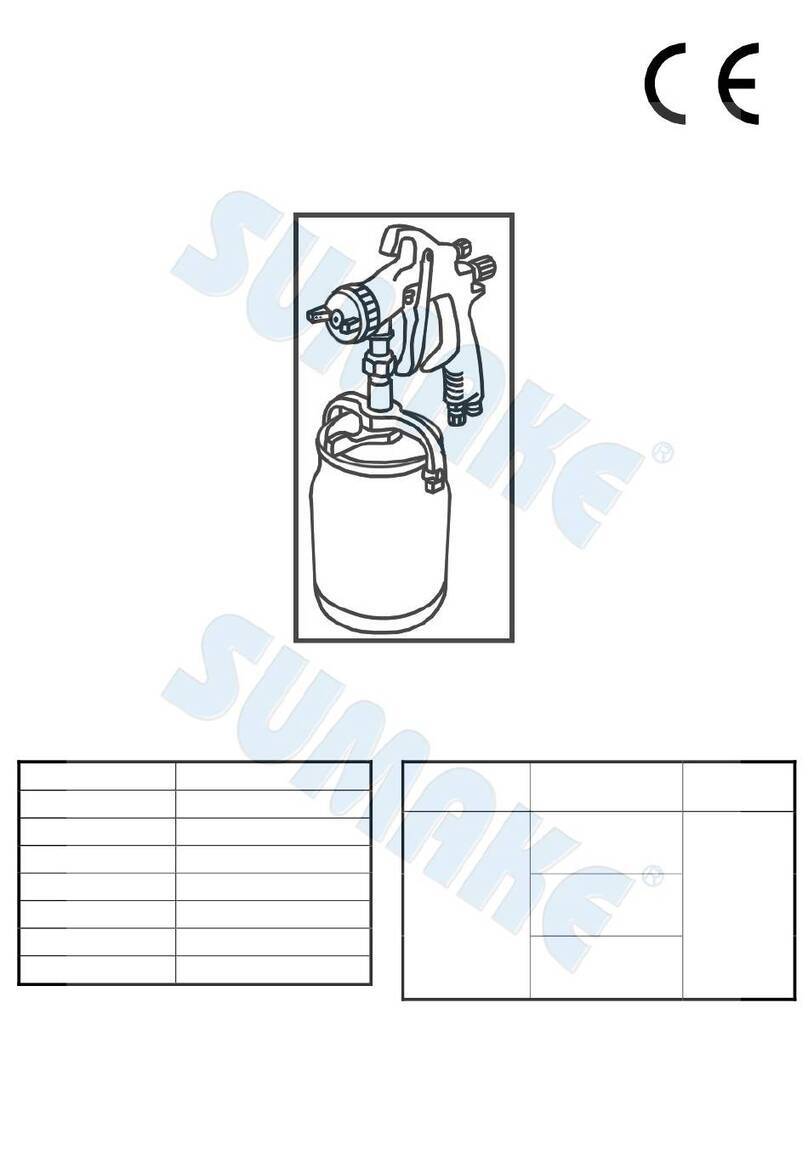
Sumake
Sumake SS-1208 Original instructions
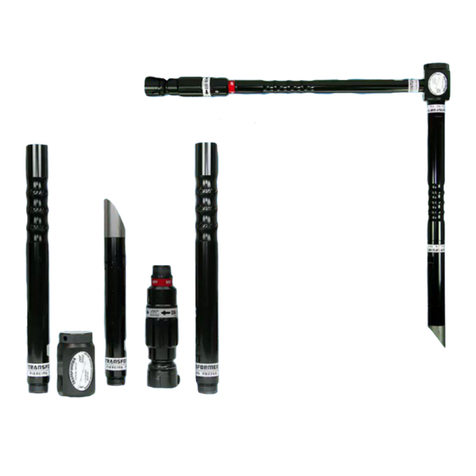
Task Force Tips
Task Force Tips TRANSFORMER INSTRUCTIONS FOR SAFE OPERATION AND MAINTENANCE
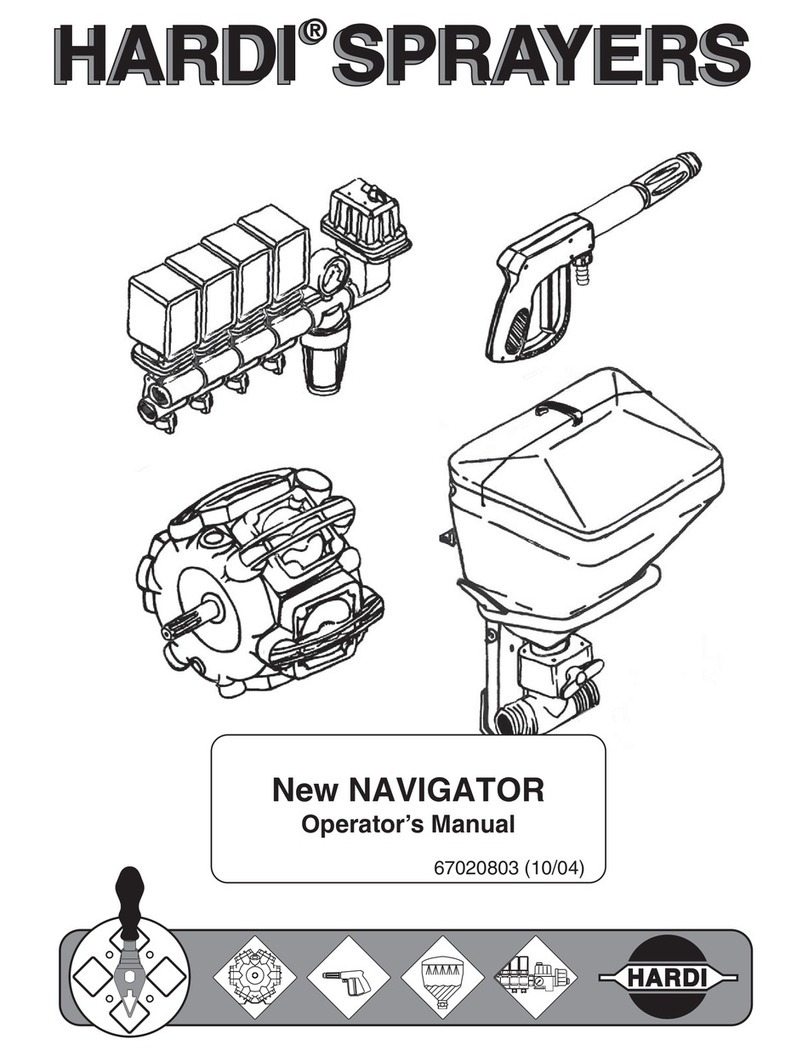
Hardi
Hardi New NAVIGATOR 1100 Operator's manual
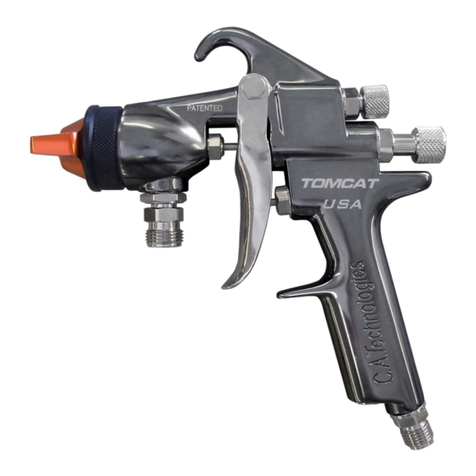
C.A. Technologies
C.A. Technologies Tomcat Series Product information
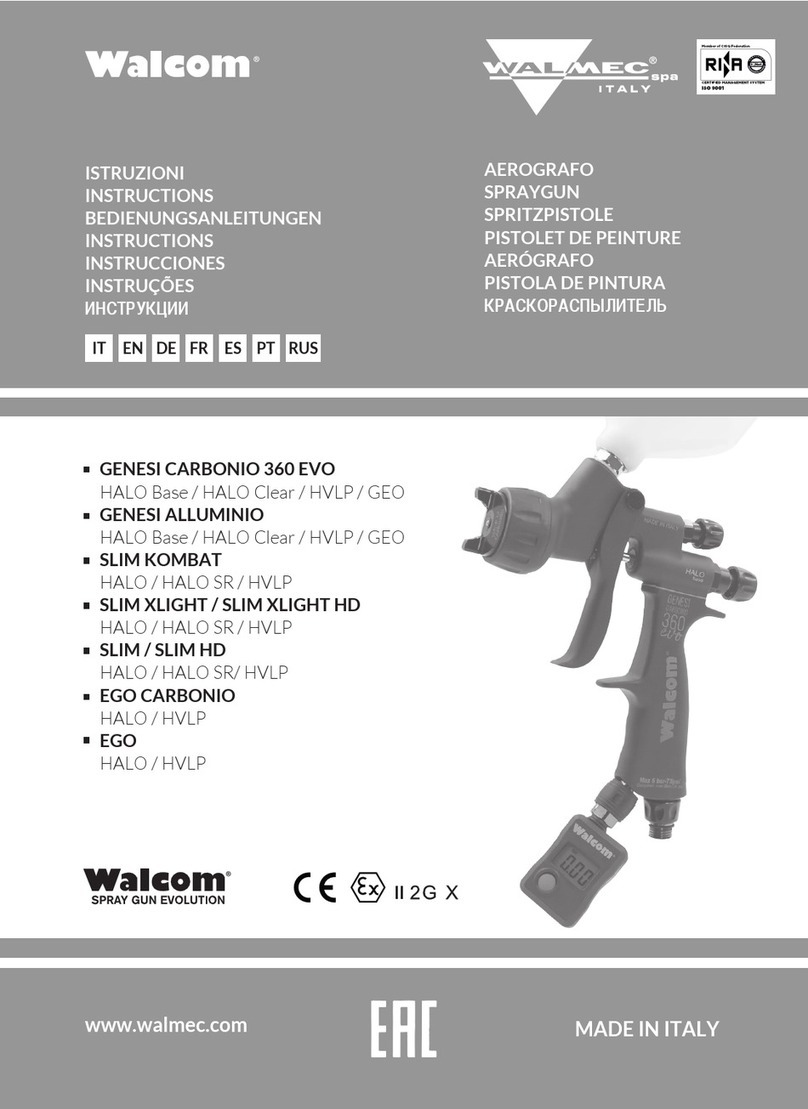
WALMEC
WALMEC Walcom GENESI CARBONIO 360 EVO HALO BASE instructions
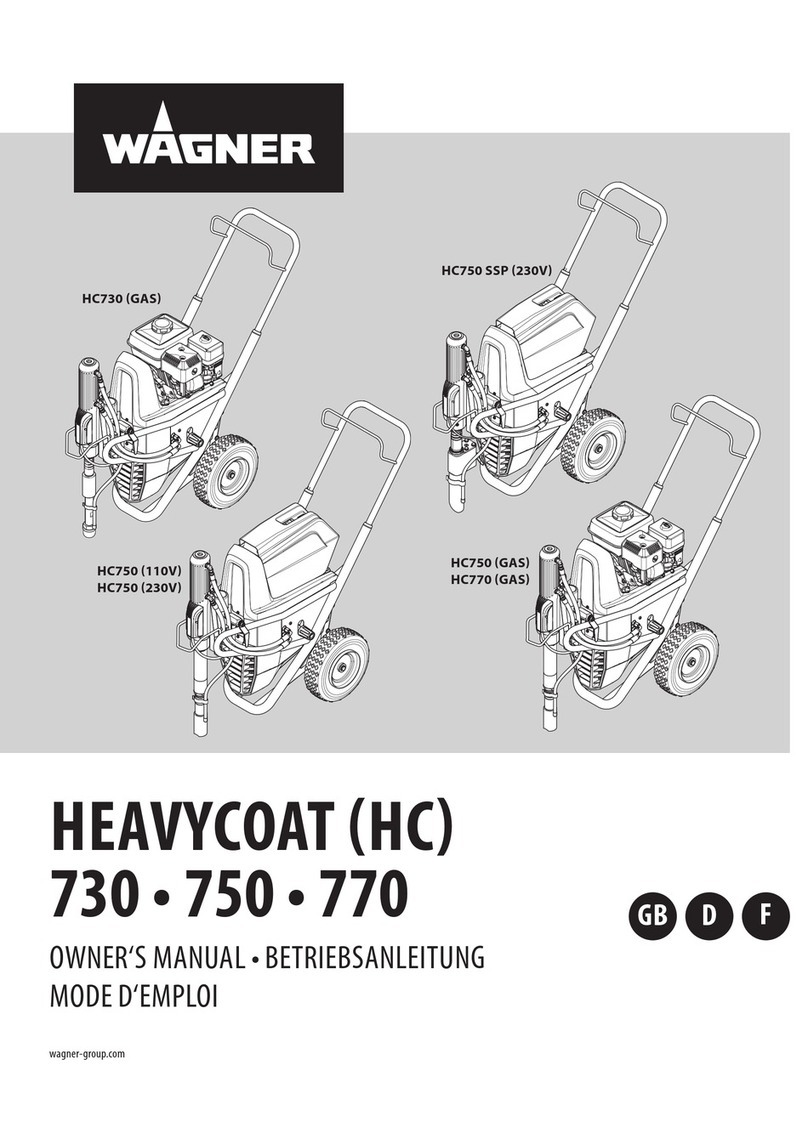
WAGNER
WAGNER HEAVYCOAT HC750 owner's manual

Smith Performance Sprayers
Smith Performance Sprayers 190450 quick start guide
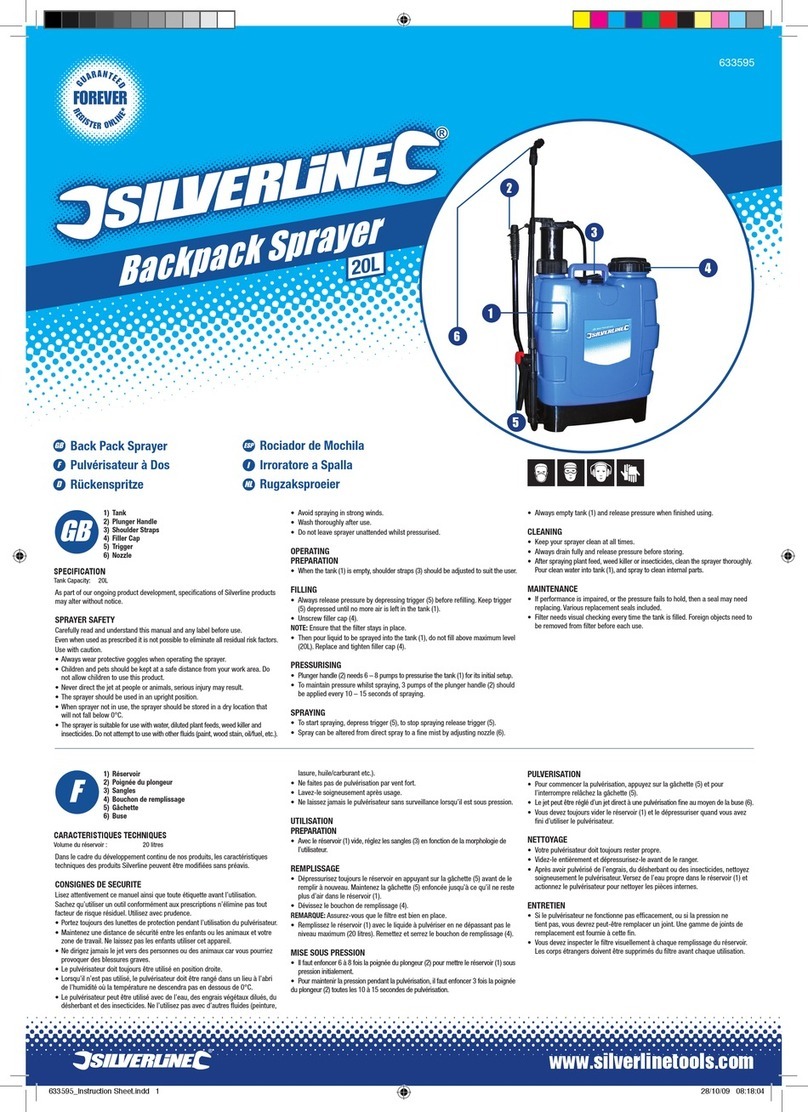
Silverline
Silverline 633595 quick start guide
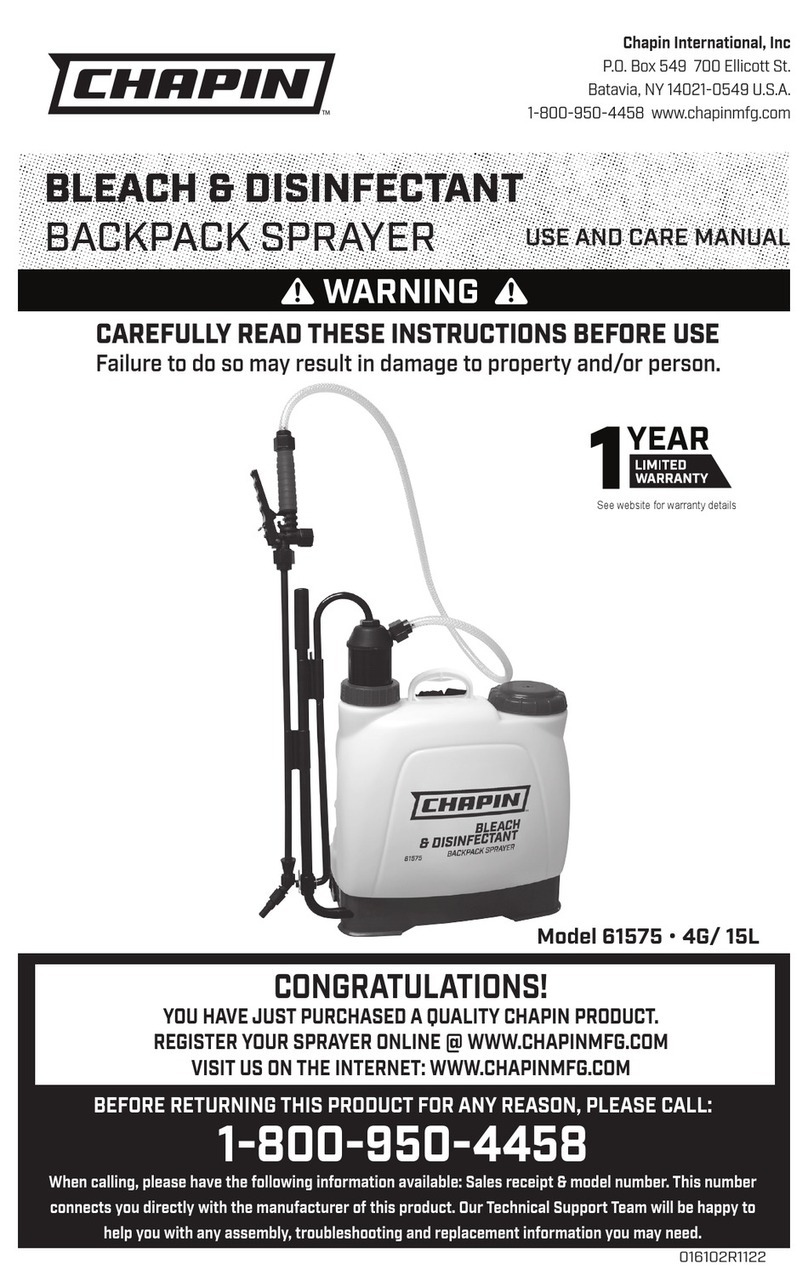
Chapin
Chapin BLEACH & DISINFECTANT use and care manual

Fimco
Fimco 300-3PT-BL-XL owner's manual
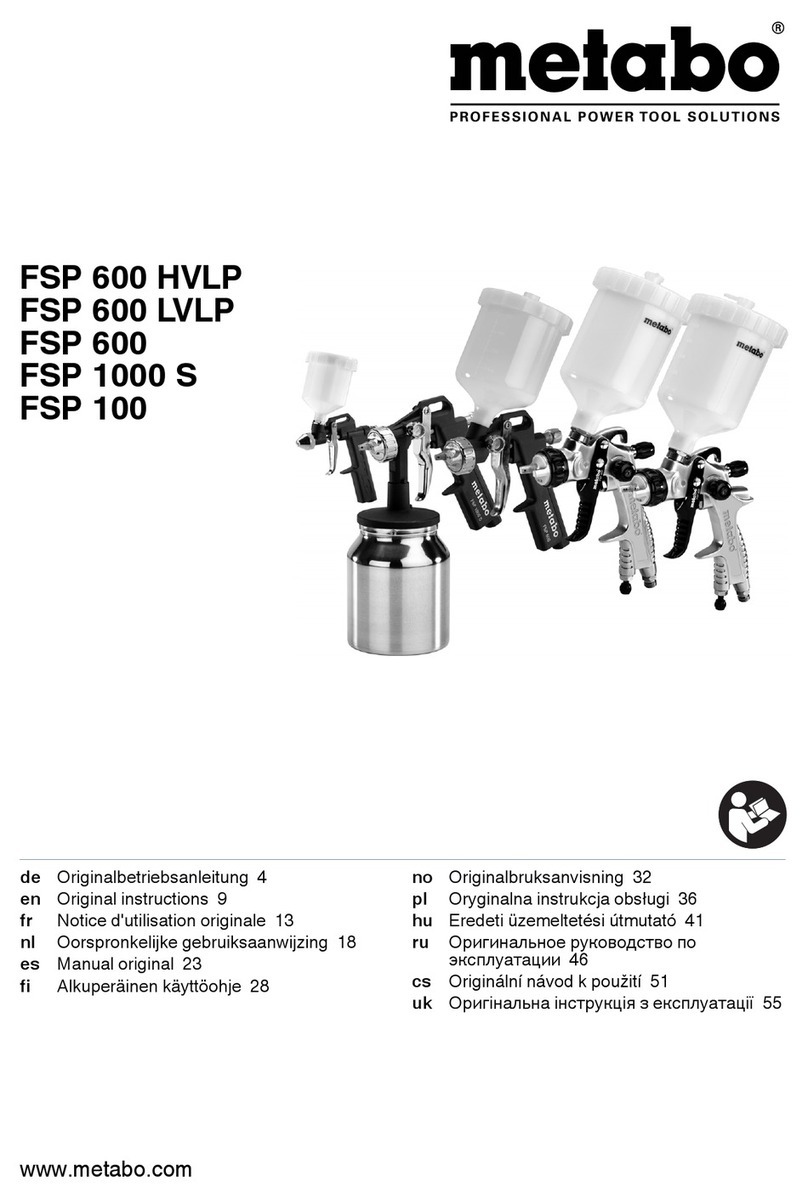
Metabo
Metabo FSP 600 HVLP Original instructions

Gardena
Gardena 814 operating instructions
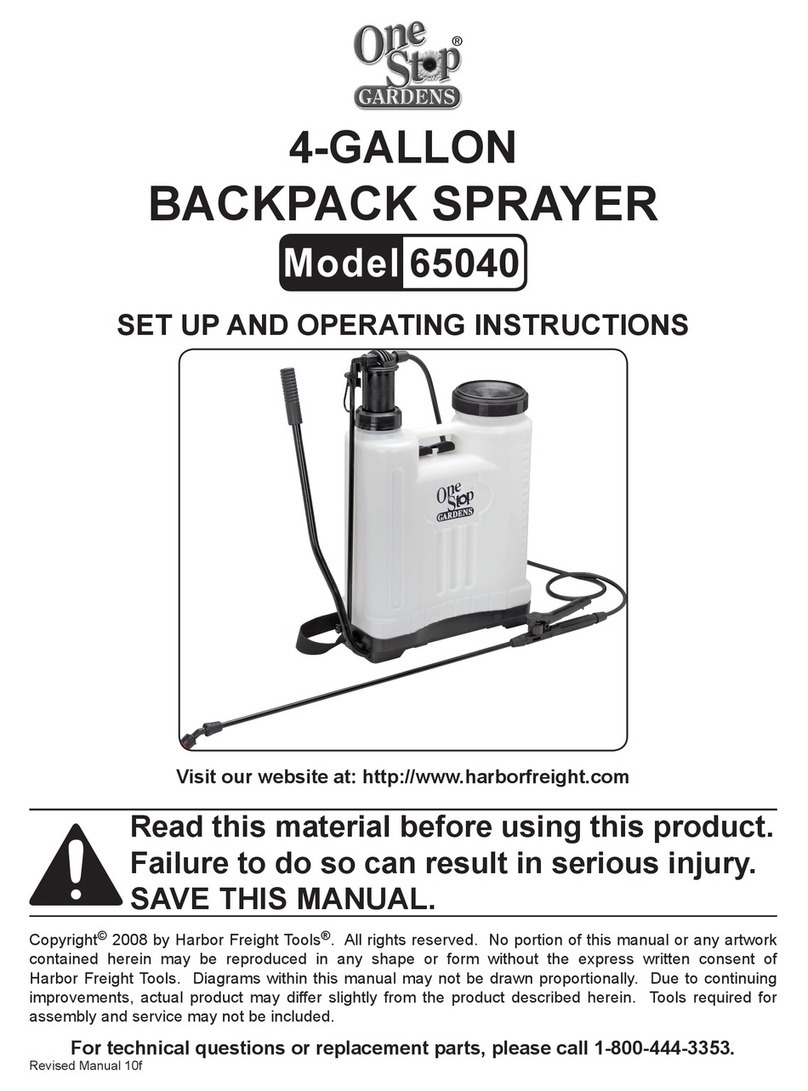
One Stop Gardens
One Stop Gardens 65040 Set up and operating instructions
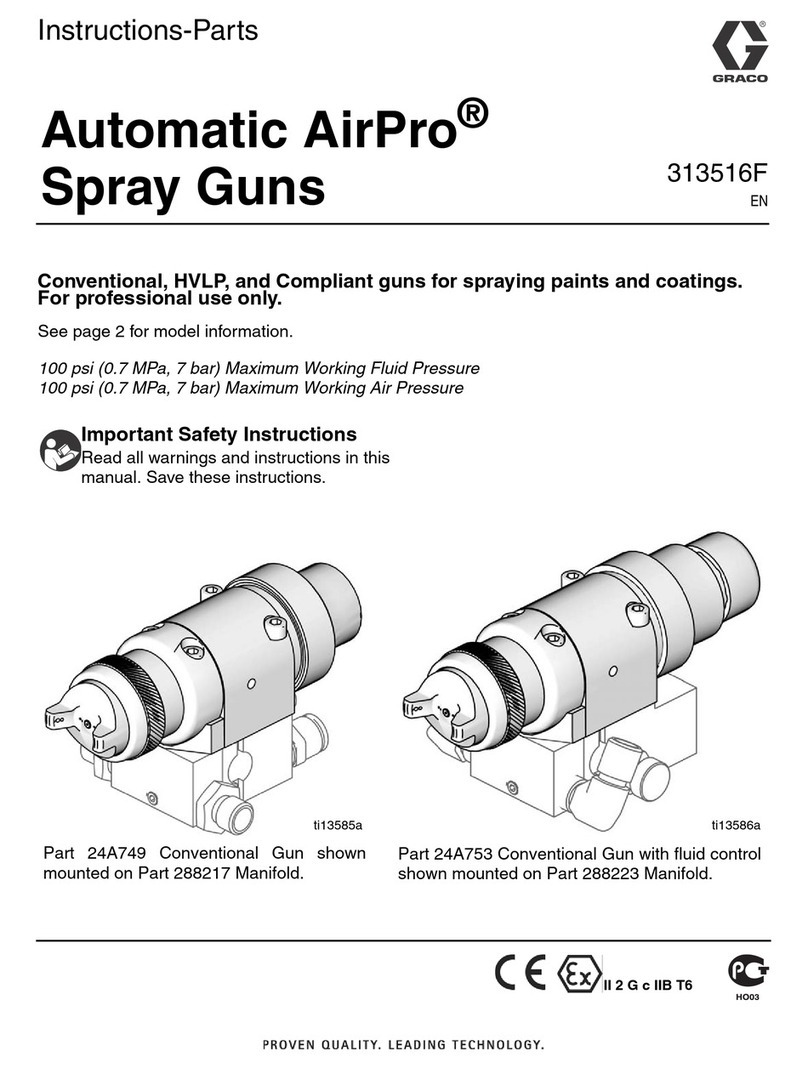
Graco
Graco Automatic AirPro 313516F Instructions - parts
